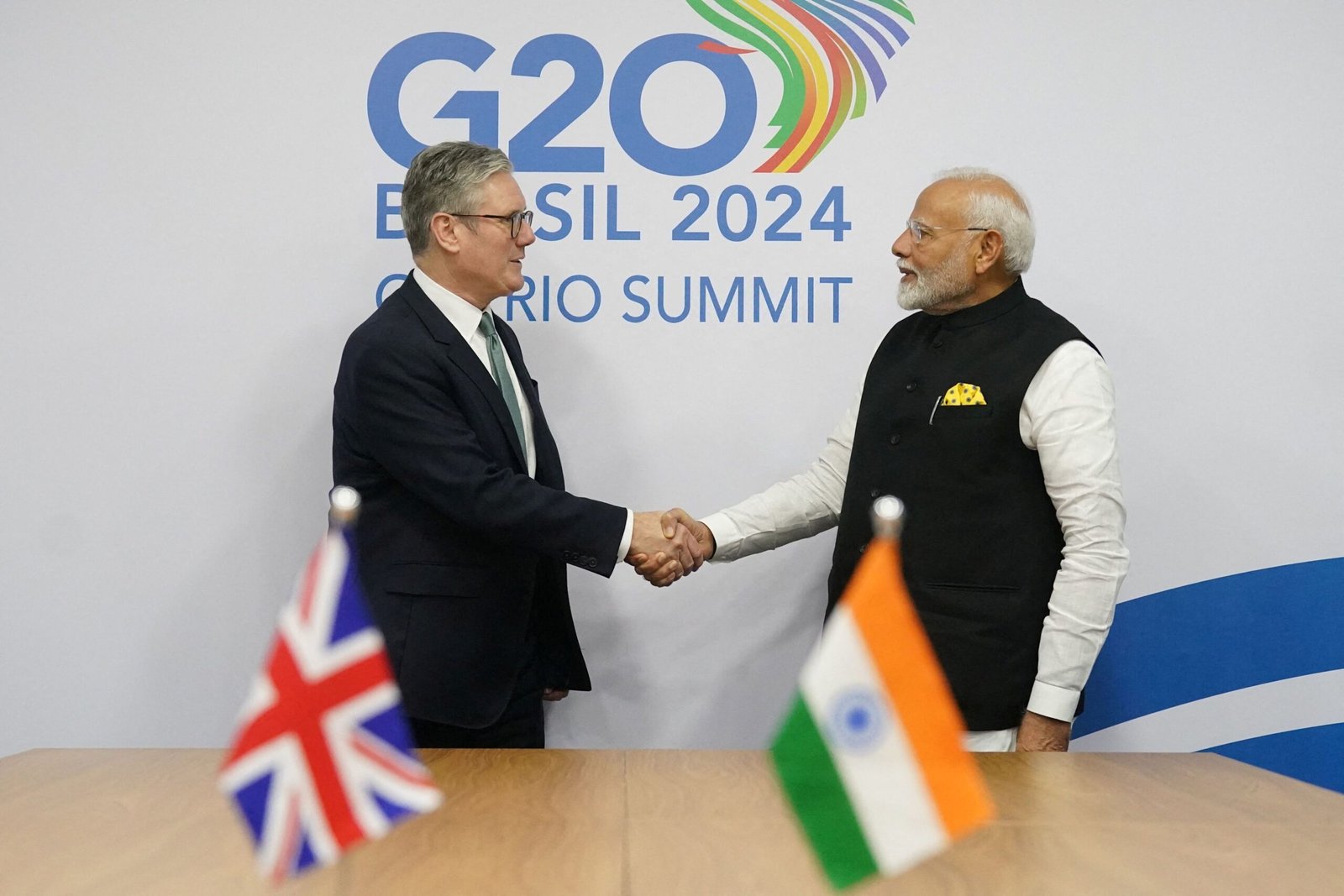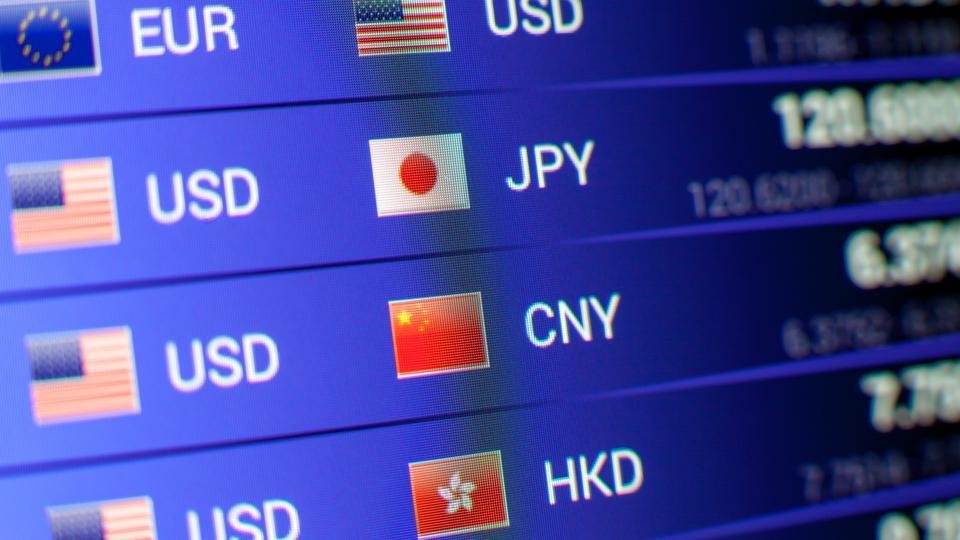- EUR/GBP weakens to around 0.8620 in Wednesday’s early European session.
- UK CPI inflation rose to 3.8% YoY in July from 3.6% in June.
- Analysts expect the ECB to hold interest rates steady at its September meeting.
The EUR/GBP cross loses traction to near 0.8620 during the early European session on Wednesday. The Pound Sterling (GBP) edges higher against the Euro (EUR) after the UK Consumer Price Index (CPI) inflation report. Traders will keep an eye on the European Central Bank’s (ECB) President Christine Lagarde speech later on Wednesday.
Data released by the United Kingdom’s Office for National Statistics on Wednesday showed that the country’s headline CPI rose 3.8% YoY in July, compared to an increase of 3.6% in June. This reading came in above the market consensus of 3.7%. The Core CPI, which excludes the volatile prices of food and energy, climbed 3.8% YoY in July versus 3.7% prior, hotter than the expectation of 3.7%.
Meanwhile, the monthly UK CPI inflation eased to 0.1% in July from 0.3% in June. Markets projected a decline of 0.1%. The Pound Sterling attracts some buyers in an immediate reaction to the hotter UK CPI inflation data.
Traders will take more cues from the ECB’s Lagarde speech, as it might offer some hints about the interest rate path. According to Reuters, the ECB is expected to hold interest rates at 2.00% in the September meeting, as the Eurozone’s economic outlook is broadly unchanged after the European Union (EU) agreed to a trade deal with the United States (US).
On Thursday, the preliminary reading of the Purchasing Managers’ Index (PMI) for August will take center stage. If the data show a stronger-than-expected outcome, this could boost the shared currency against the GBP in the near term.
Euro FAQs
The Euro is the currency for the 19 European Union countries that belong to the Eurozone. It is the second most heavily traded currency in the world behind the US Dollar. In 2022, it accounted for 31% of all foreign exchange transactions, with an average daily turnover of over $2.2 trillion a day.
EUR/USD is the most heavily traded currency pair in the world, accounting for an estimated 30% off all transactions, followed by EUR/JPY (4%), EUR/GBP (3%) and EUR/AUD (2%).
The European Central Bank (ECB) in Frankfurt, Germany, is the reserve bank for the Eurozone. The ECB sets interest rates and manages monetary policy.
The ECB’s primary mandate is to maintain price stability, which means either controlling inflation or stimulating growth. Its primary tool is the raising or lowering of interest rates. Relatively high interest rates – or the expectation of higher rates – will usually benefit the Euro and vice versa.
The ECB Governing Council makes monetary policy decisions at meetings held eight times a year. Decisions are made by heads of the Eurozone national banks and six permanent members, including the President of the ECB, Christine Lagarde.
Eurozone inflation data, measured by the Harmonized Index of Consumer Prices (HICP), is an important econometric for the Euro. If inflation rises more than expected, especially if above the ECB’s 2% target, it obliges the ECB to raise interest rates to bring it back under control.
Relatively high interest rates compared to its counterparts will usually benefit the Euro, as it makes the region more attractive as a place for global investors to park their money.
Data releases gauge the health of the economy and can impact on the Euro. Indicators such as GDP, Manufacturing and Services PMIs, employment, and consumer sentiment surveys can all influence the direction of the single currency.
A strong economy is good for the Euro. Not only does it attract more foreign investment but it may encourage the ECB to put up interest rates, which will directly strengthen the Euro. Otherwise, if economic data is weak, the Euro is likely to fall.
Economic data for the four largest economies in the euro area (Germany, France, Italy and Spain) are especially significant, as they account for 75% of the Eurozone’s economy.
Another significant data release for the Euro is the Trade Balance. This indicator measures the difference between what a country earns from its exports and what it spends on imports over a given period.
If a country produces highly sought after exports then its currency will gain in value purely from the extra demand created from foreign buyers seeking to purchase these goods. Therefore, a positive net Trade Balance strengthens a currency and vice versa for a negative balance.







